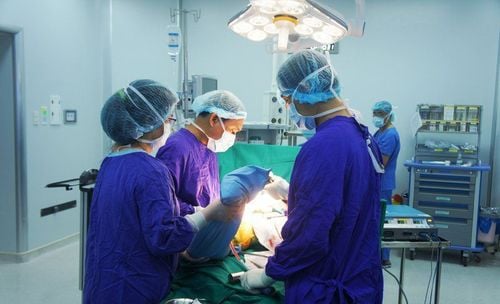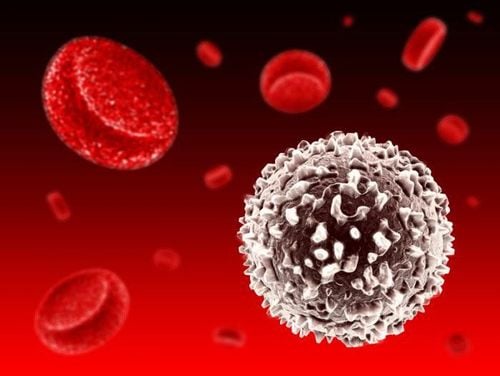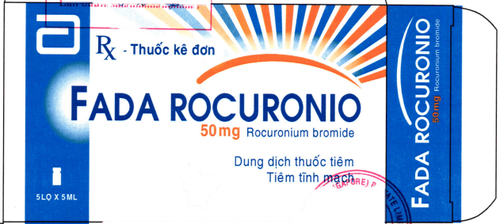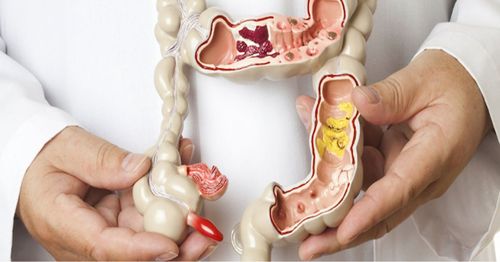This is an automatically translated article.
The article was professionally consulted by MSc Vu Van Quan - Department of General Surgery & Anesthesia, Vinmec Hai Phong International General Hospital. The doctor has more than 10 years of experience working in the field of General Gastroenterology.Every year, the number of patients infected with superficial and deep wound infections is estimated at 2 million. This is the most common type of infection, with the largest number of nosocomial infections, and the treatment for superficial and deep wound infections also varies.
1. What is surgical site infection?
Surgical site infection is an infection at the surgical site from the time of surgery to 30 days after surgery for surgery without implants and up to 1 year after surgery with prosthetic implants.Incisional infections are divided into 3 categories:
Superficial wound infections include infections in the skin or subcutaneous tissue at the site of skin incision Deep incision infections include infections in the fascia and/or muscles at the site of the skin incision. Deep incision infections can also originate from superficial wound infections that extend deep into the fascia. Organ/cavity infections. Approximately more than 90% of surgical site infections are superficial and deep. Several studies in Vietnam showed that surgical site infections doubled the length of hospital stay and direct treatment costs.
2. Superficial wound infection
Superficial wound infection occurs when the following criteria are met:Occurs within 30 days of surgery. Occurs only in the skin or in the subcutaneous area at the incision. At least one of the following: Purulent discharge from a superficial incision Bacterial isolation from a culture of fluid or tissue taken from the incision site at least one of the following: Pain, swelling, heat, redness , it is necessary to open the incision, unless the bacterial culture of the incision is negative.
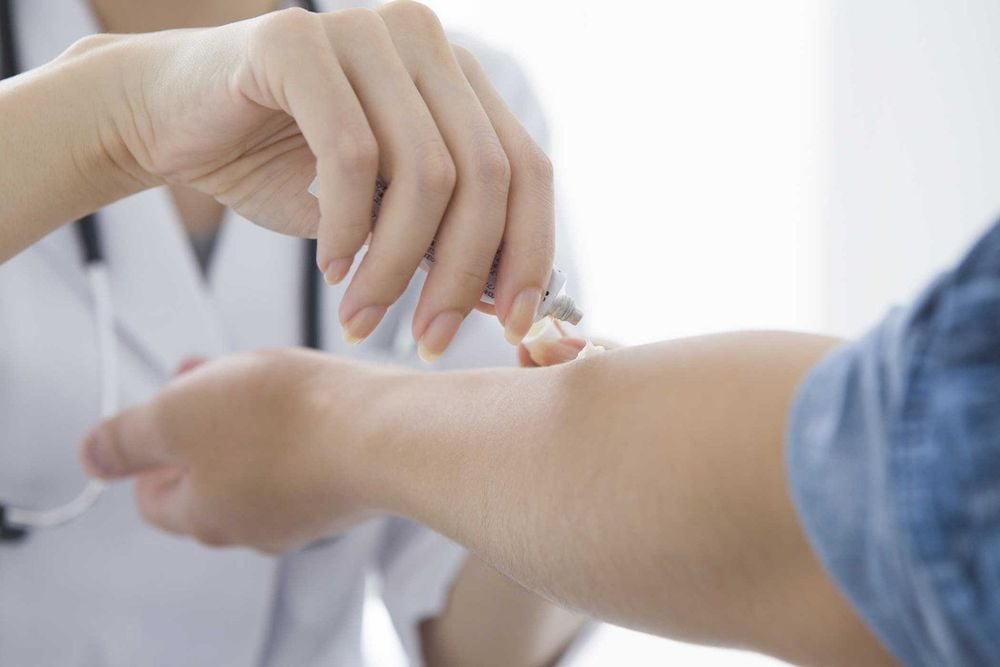
3. Deep incision infection
Deep incision infection occurs when the following criteria are met:Occurs within 30 days after surgery or within 1 year for prosthetic device placement. Occurs in the deep soft tissue of the incision. At least 1 of the following symptoms: Purulent discharge from the deep incision but not from the organ or from the cavity where the surgery was performed. Deep open wound naturally or by a surgeon opening the wound when the patient has at least 1 of the following symptoms: + Fever over 38°C, pain, swelling, heat, redness, unless cultured wound bacteria negative surgery.
+ Abscess or evidence of deep wound infection by examination, re-surgery, X-ray or pathology.
4. Incisional wound infection in the operating organ/compartment
Incisional infection in the surgical site or cavity occurs under the following criteria:Occurs within 30 days of surgery or 1 year for prosthetic device placement. Occurs in any organ, except skin, fascia, and muscle that have been treated surgically At least 1 of the following: Purulent drainage from internal drainage Isolation of bacteria from culture of fluid or tissue obtained from the organ or cavity where the surgery was performed. Abscess or evidence of deep wound infection on examination, reoperation, radiology, or pathology.
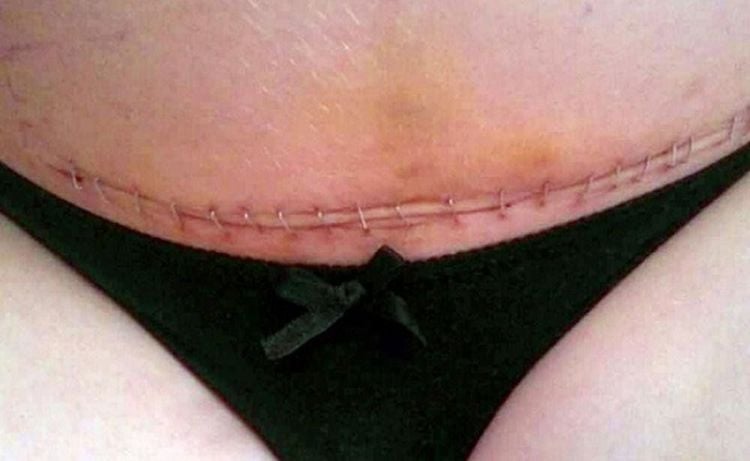
5. Measures to prevent and control surgical site infection
Bathing - disinfecting the patient before surgery: The surgery patient must be bathed with antibacterial soap or an antibacterial solution containing iodine or chlorhexidine the night before the surgery. Remove hair and prepare the skin incision area as prescribed. Disinfect surgical and routine hands with alcohol-based hand sanitizers Apply prophylactic antibiotic therapy Follow aseptic procedures in the operating room Control blood sugar, keep patients warm during surgery. Maintain good aseptic conditions in the surgical area such as tools, linens, and sterile water for hand washing and ensure clean ventilation in the operating room. Test your blood sugar before any surgery.Please dial HOTLINE for more information or register for an appointment HERE. Download MyVinmec app to make appointments faster and to manage your bookings easily.







